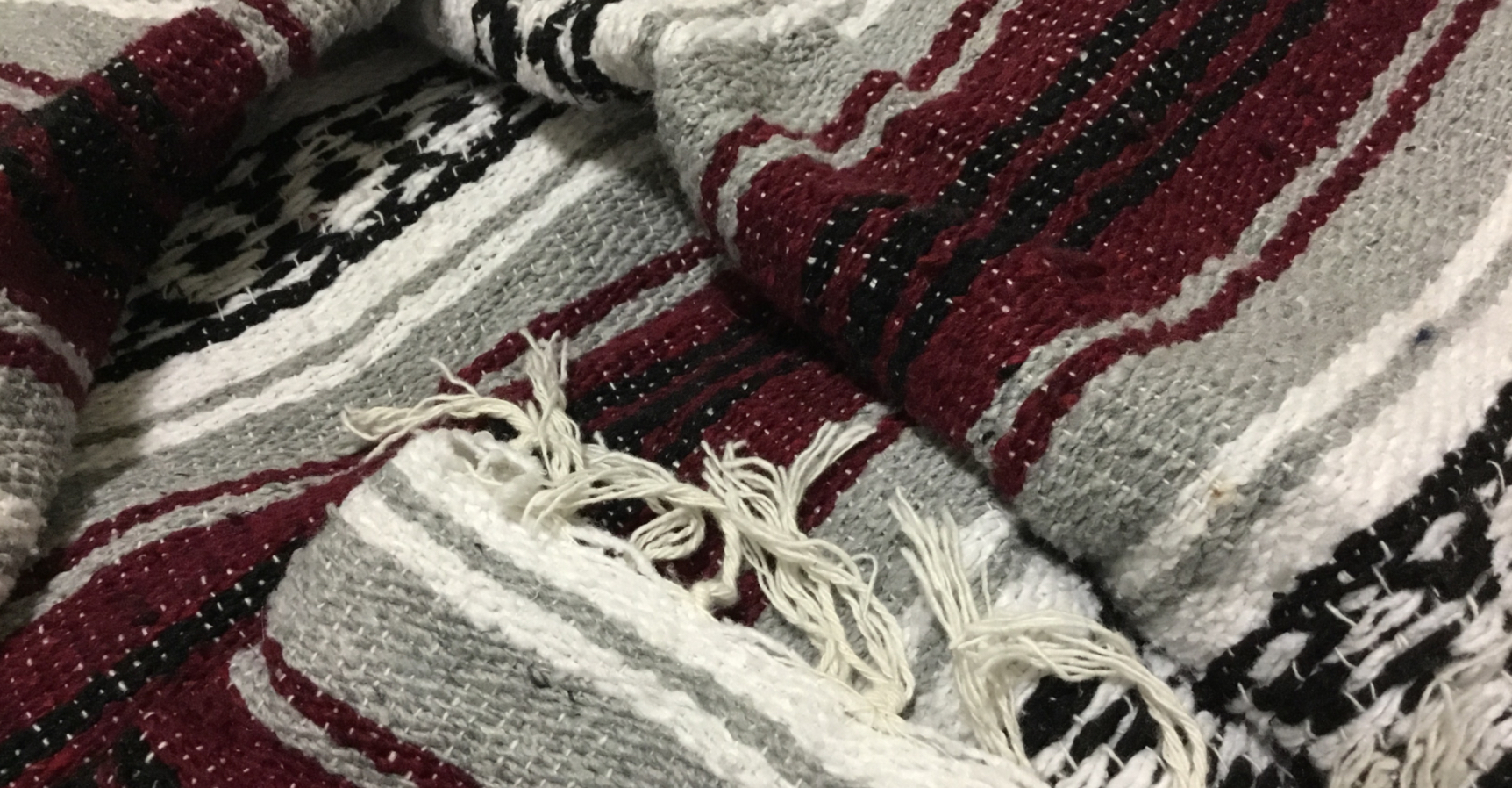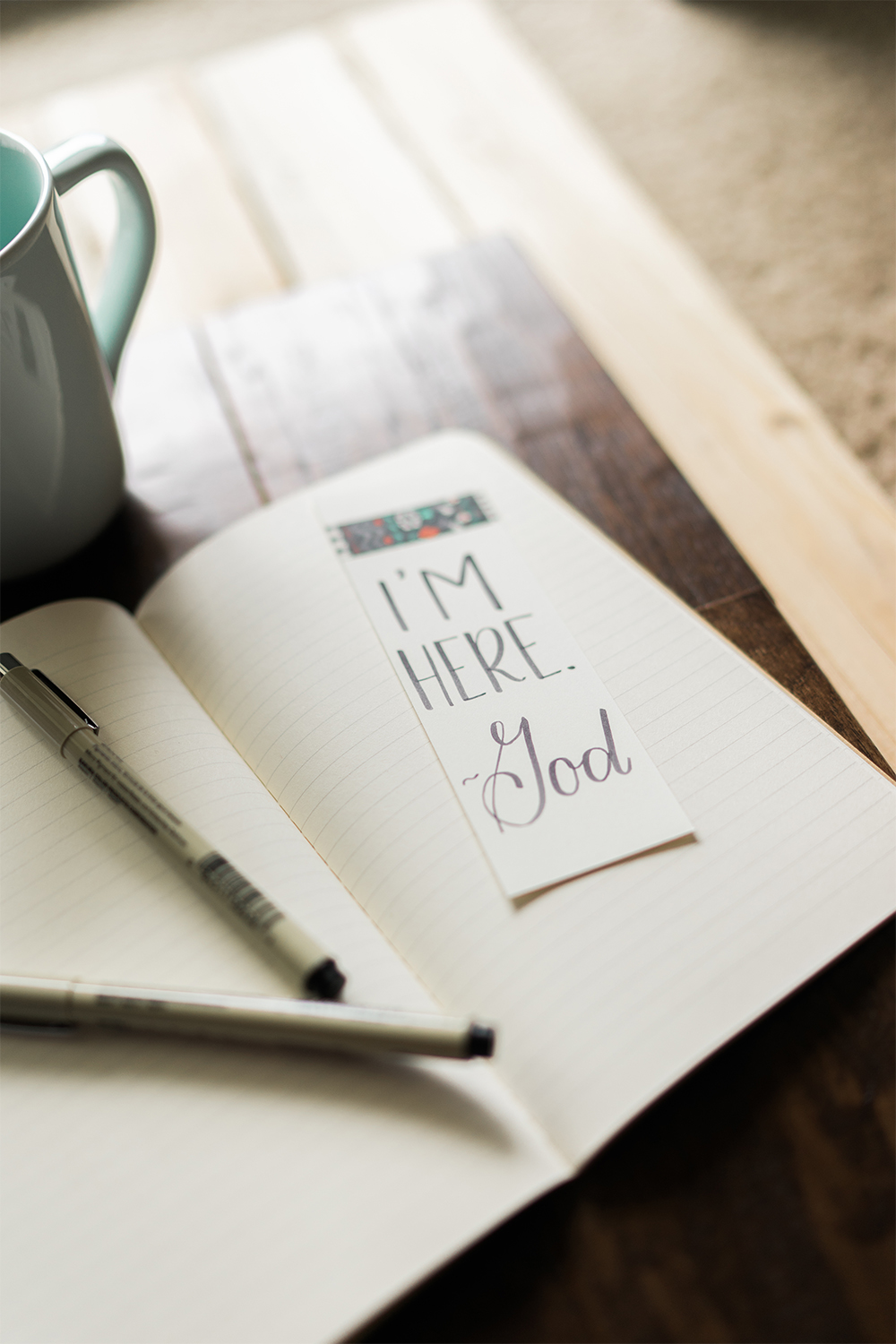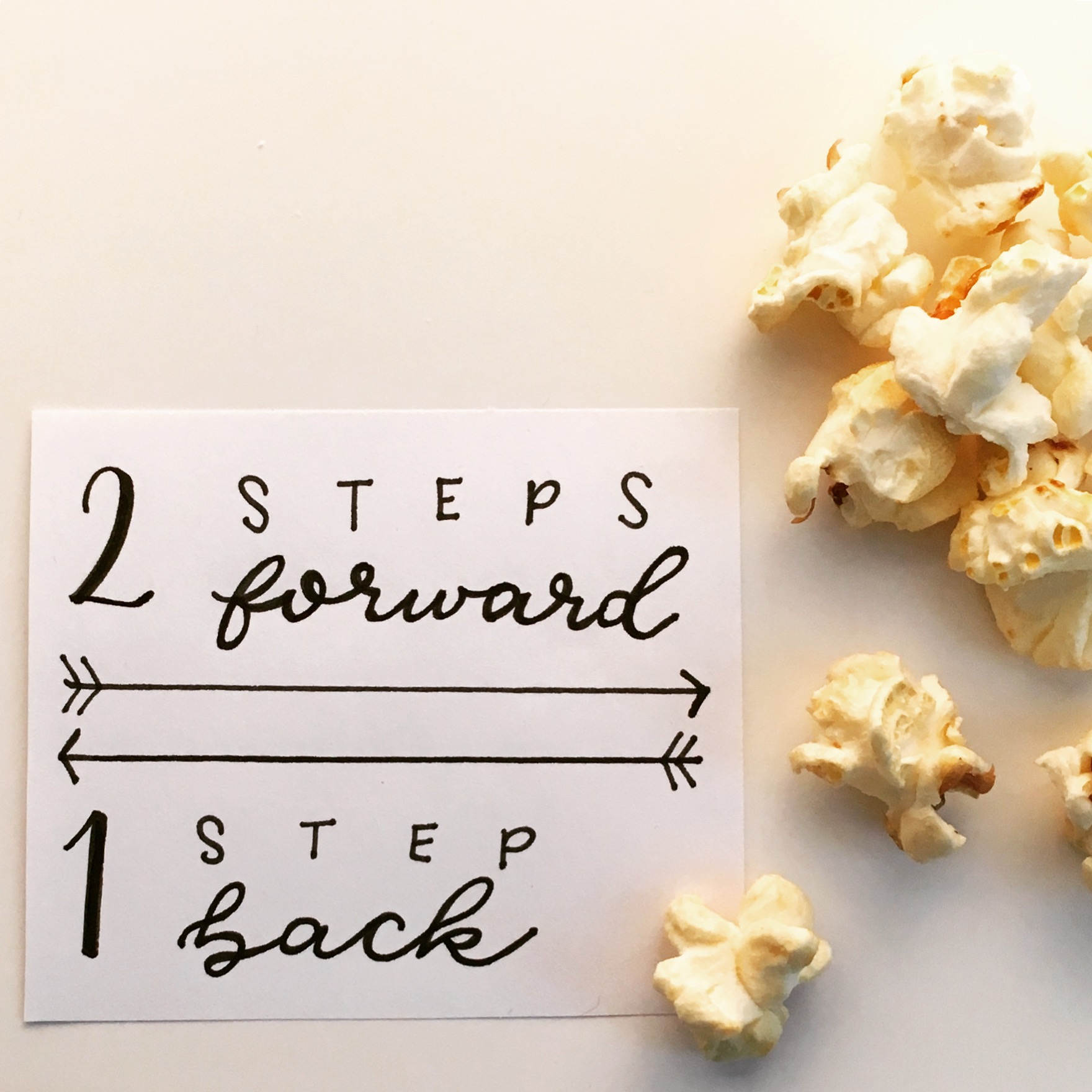
Disclaimer: I am not a scientist, and I have not cited resources for the following information. Please do further research on anxiety if you want to learn more. I also recommend speaking to a licensed counselor or therapist to address your own mental health needs. Yes, it’s worth it.
~ ~ ~ ~ ~
Introduction
Fear is intertwined with life itself. In the wild, a gazelle will feel the physiological response to hearing rustling of a potential threat. This engages the sympathetic nervous system into fight, flight, or freeze which allows the gazelle to react according to the severity of the impending danger. In some instances, there may be no threat at all. On occasion, however, a lion may be prowling ready to pursue the gazelle in a mad chase for its life. The latter is proof of the value of the physical response we attribute to fear.
What if danger isn’t looming?
When the perceived threat is nonexistent, a well-balanced body will recognize the peace after a short time and return to the parasympathetic system. This regulation process is natural and healthy. There are instances, though, where the body and mind lack the appropriate amount of chemicals to tell itself to regulate thus leading to a prolonged state of anxiety. This is biologically natural, given the circumstances, but not healthy.
What about 2 Timothy 1:7 saying we were not given a spirit of fear?
You may note in the above situation that the body’s fear response turned into anxiety. For the purposes of this writing, I will define anxiety as an elevated response to a perceived threat. This elevated response is often cyclical and can become irrational.
Why is this necessary to state in such a way? Well, we were given a body and a mind that naturally work to protect us from real danger. We were not given a spirit of fear or anxiety which takes it a step further—beyond what aids in survival. Our mind may be sending signals that we are unsafe, but in many cases we are safe. And, in the context of 2 Timothy, we are safe when walking out the specific calling God has places on our life.
Timothy was being discipled by Paul in order to share the Gospel with people in various places. This was a scary task because there were Romans trying to keep Jesus’ followers from posing a threat to their survival—control over the empire. So, Timothy was facing real persecution and danger, but he was being protected by God Himself and thus had less reason to fear. If someone drew a knife on him, Timothy would be well within reason to be afraid. But, if he was told by God to go to a city and preach His Word, Timothy would be within reason to be nervous but would not need to sit in that fear because God was with him.
Application
As you may know, I am diagnosed with Generalized Anxiety Disorder. This simply means I have a serotonin deficiency that leads to anxiety (an elevated response to perceived threats).
For example, I was going on a first date in October of 2020, and I found myself nearly paralyzed out of fear and physical depletion. (Note: I also have Irritable Bowel Syndrome (IBS) and several food intolerances which had led to, well, my not having a lot of nutrients in my body that morning). Anyway, I was nervous about the date but not in any real danger. It was an exciting step to take with a wonderful guy I really liked. This is where rational fear (ex. regarding a new situation) leads to irrational anxiety (ex. regarding nothing in particular).
Another time I faced my fear was going to Mexico for a mission’s trip. Read about that here.
More likely than not, my anxiety was about the possibility of being anxious on the date and having nausea or awkward silences. Notice the cyclical and irrational nature of this scenario?
- Nausea or awkward silences are not fatal nor the end of the world. They both end at some point, often quickly, and are common issues humans deal with in life.
- I was anxious about being anxious possibly making me feel ill which made me feel ill.
Seriously?! Yes. This is anxiety, my friend.
Tools to Address Anxiety
How do we cope with, fix, or improve our anxiety response?
Honestly, the coping mechanisms, treatments, and mindfulness exercises seem innumerable. Instead of trying to provide an exhaustive list, I will settle for seven ways I address my anxiety.
Truth –
The background: What does most anxiety have in common? Lies. When examined, the thought process whittles down to one falsehood: your survival is in question. Most often, your survival isn’t in question. In fact, anxiety typically manifests around mundane or trivial circumstances like going to class, starting a new job, walking into a messy house, looking at a to-do list, or having a difficult conversation. Sometimes it takes an actually dangerous situation and over-emphasizes the risks (like driving which is risky but not usually to the extent of the anxiety response).
The approach: I speak truth over myself or ask others to do so on my behalf. This could be as simple as, “I am going to survive,” or “This too shall pass,” or more directed as in a specific Scripture about who I was created to be in Christ or His Presence in times of trouble. Sometimes, this approach involves verbally processing through the scenario until I have explained the rational likelihood of safety and irrational possibility of danger. Then, I will continue to repeat the helpful truth as it sinks into my mind.
Breathing –
The background: Simply taking your focus off of the anxiety itself and regulating your body is immensely powerful. There are additional mindfulness techniques (mindfulness is simply thinking about what you’re thinking about) that can make this more effective in alleviating anxiety.
The approach: Find what works best for you such as counting while inhaling/exhaling, breathing in through your nose and out through your mouth, or even thinking about filling your lungs with something good like light and exhaling something bad like toxins. Yes, that last one may sound weird at first, but give it a try. It is a tool to distract and reframe your thoughts while also helping your body slow down and exist.
Grounding –
The background: I have read and learned from many sources about how helpful it is to reorient yourself when in a state of distress. This disrupts the unhealthy thought processes and physiological responses in order to regulate.
The approach: Take a moment to pause and breathe. Think about your breath and the air filling your lungs and leaving them. As you continue to sit quietly, think about your different senses.
Wiggle your toes and relax, flex and unflex your calf muscles, etc. Focus on each muscle group as you go from your toes to your head.
Listen to your surroundings. Focus on the different sounds like cars driving by, birds chirping, people talking in the next room, or a fan blowing.
What do you smell? Fresh air perhaps, or your own deodorant? Maybe you have a candle lit nearby scented of warm vanilla. Take some time to note these scents.
Do you taste anything? See anything? Take note of these, too.
5, 4, 3, 2, 1 Grounding Technique
Bilateral Movement –
The background: My counselor taught me about the helpfulness of bilateral movement as it engages both hemispheres of your brain and allows you to make connections and heal.
The approach: The most normative option is to go on a walk, ideally in nature as that alone can be restorative. However, if walking is not an option at the moment of anxiety, you can tap your fingers on your thighs alternating sides, butterfly tap your chest with your arms crossed, flex your toes on each side, etc. ***There is even a nifty gadget called a TheraTapper which will buzz on alternating sides (like a phone vibrating in each hand). You can adjust the buzz length, pause, and intensity. I have one that I use during counseling sessions, when I need to bring my anxiety down at a given time, or just to check in with my emotions. Sometimes I set the two tappers under my legs while I work so I can have my hands free.
Praise & Prayer –
The background: Sometimes the best thing to do is something that doesn’t necessarily feel great at the time (i.e. apologizing first). When I am anxious or frustrated, praising God is not always my primary choice. However, it is often one of the most effective “techniques,” if you will. I have found that, by laying aside my own pride or desires, I can choose to glorify God in the midst of struggles. This alone can put my circumstances in perspective. Prayer, too, is incredibly powerful because it involves speaking truth, verbally processing, and acknowledging that I cannot do things on my own. Striving won’t get me anywhere without reliance on God.
The approach: When I am simply not motivated, I will open up to a Psalm and read it aloud. Other times, I will share all of my thoughts and feelings with God and then take some time to sit and listen (that is the hardest part). Furthermore, I may pull out my guitar or bring up Spotify and sing my heart out to the Lord.
Counseling –
The background: While there may be a negative association connected with going to therapy, it has undeniable value. I would love to share how counseling has benefitted me if this is something you are curious about the concept or considering it for yourself.
The approach: It’s simple. If you cannot afford counseling or do not have insurance, find a church that offers free pastoral counseling or a counselor that does a payment scale based on your income. If you can afford counseling, ask around for recommendations and set up an appointment. You do not have to stick with the first person you meet with for counseling. There has to be a cooperative relationship between you and your counselor for your sessions to be productive.
A few tips:
- Don’t expect immediate results or for every session to be equally as impactful. Healing and unpacking takes time and energy.
- Give yourself the space to feel.
- It is okay to be exhausted after your counseling sessions. Emotional conversations are draining.
Customized Coping –
The background:
I know my body, and one of its main anxiety responses is nausea. So, I have learned different techniques or sensory tools that help alleviate that symptom thus lessening my anxiety.
The approach:
For me, having mint anything on hand is super helpful. This could be literal mints, gum, or a peppermint essential oil roll-on bottle. I was also taught to run my wrists under cold water which decreases nausea. Ginger supplements and The Republic of Tea “get relief” tea are both game-changers, as well.
For you, start by listening to your body to determine what the typical anxiety symptoms are so you can look for applicable items to have on-hand or tricks (i.e. if you are over-stimulated in loud or bright spaces, go to a quiet, dark room to decompress).





